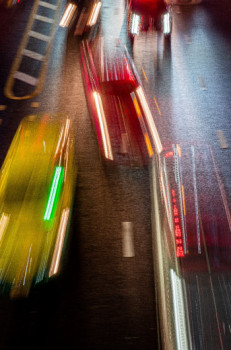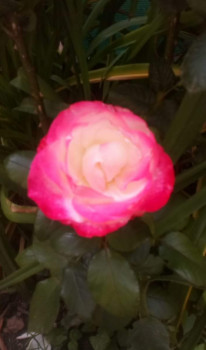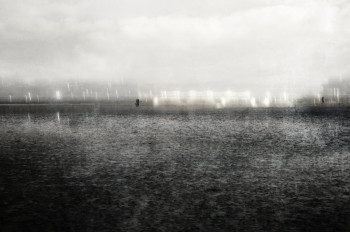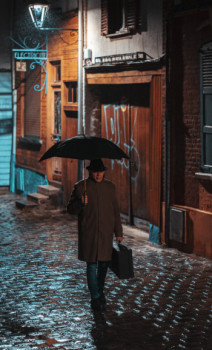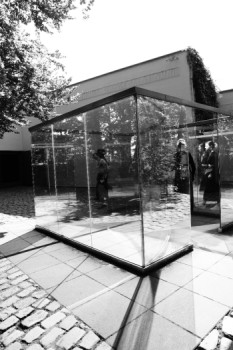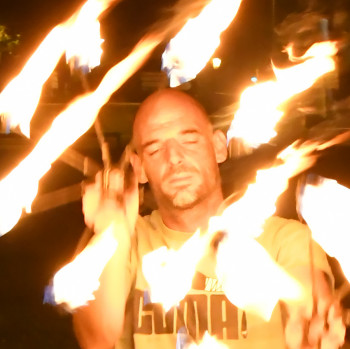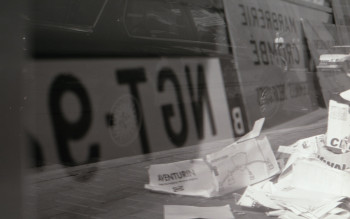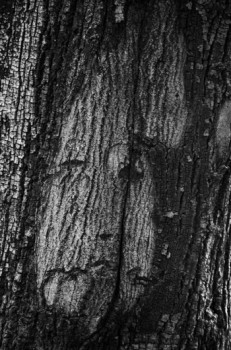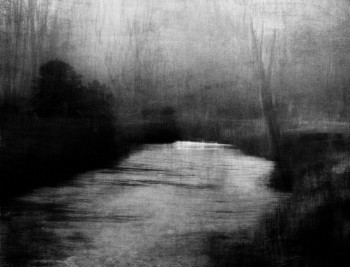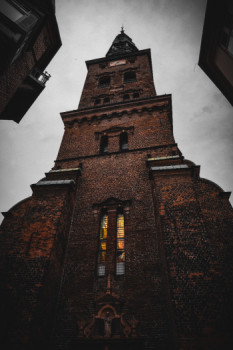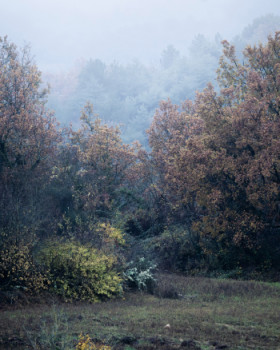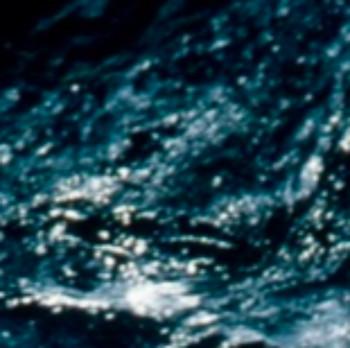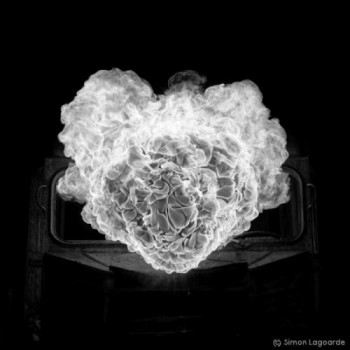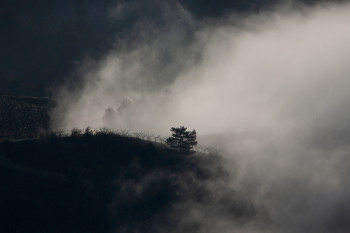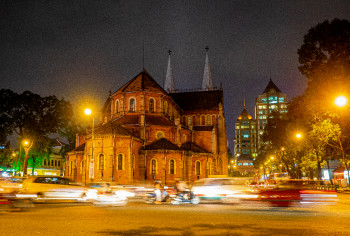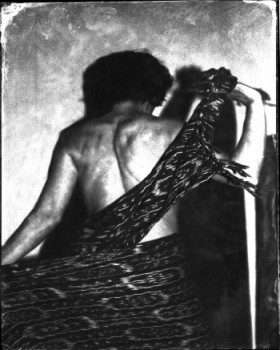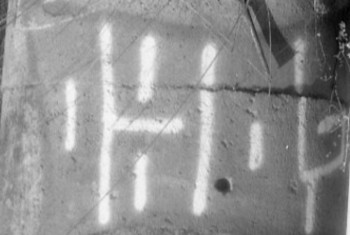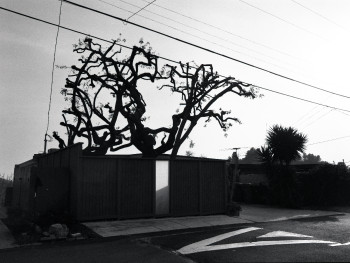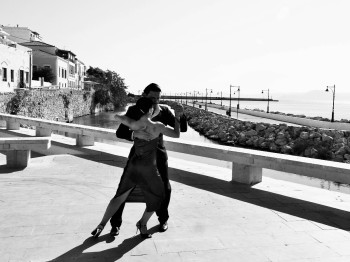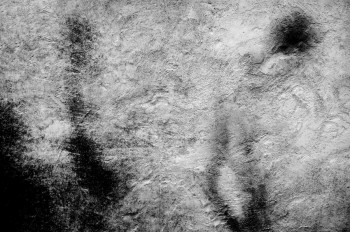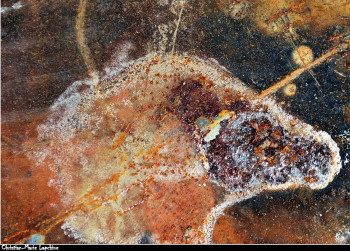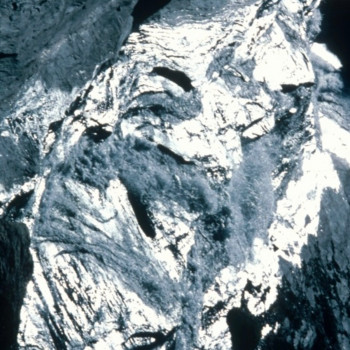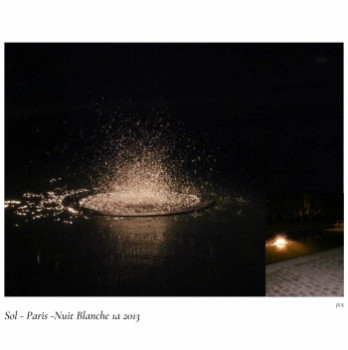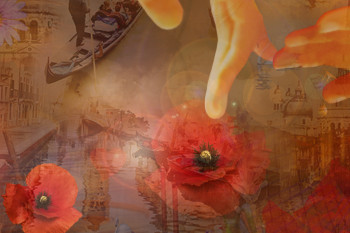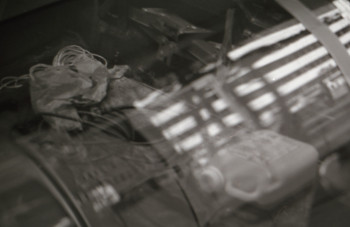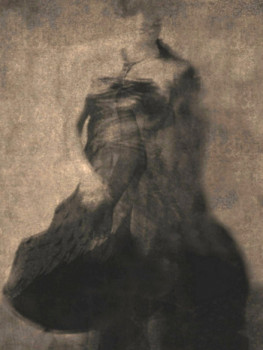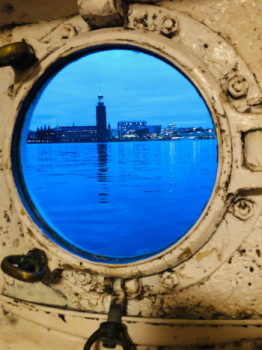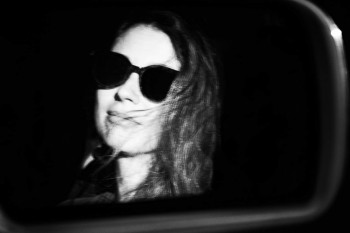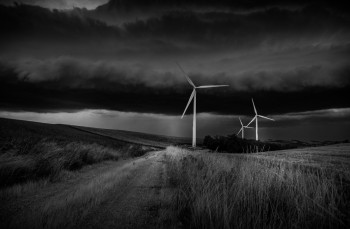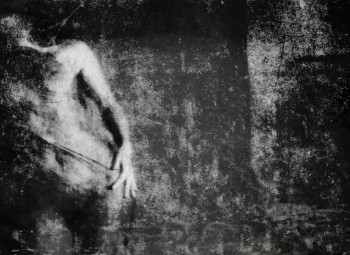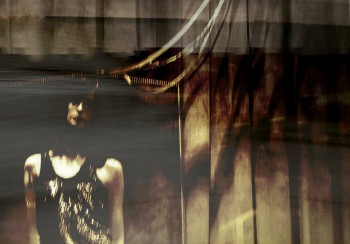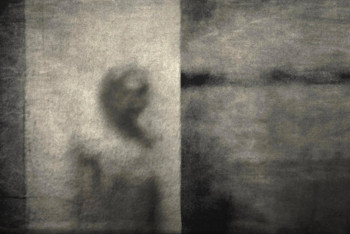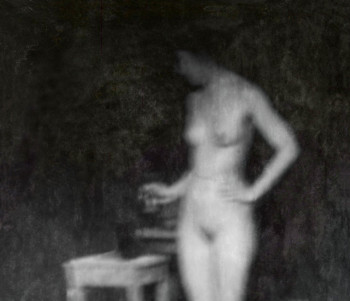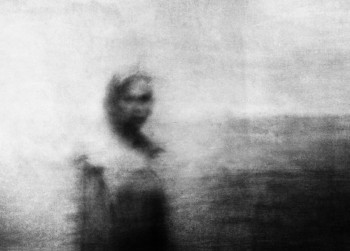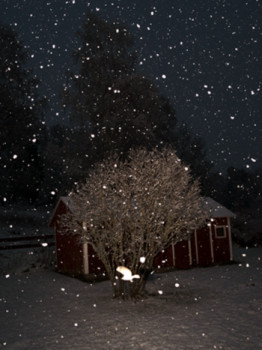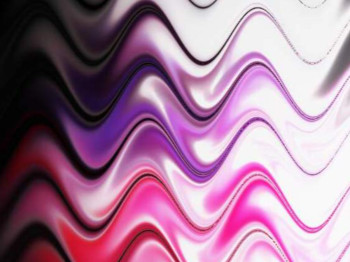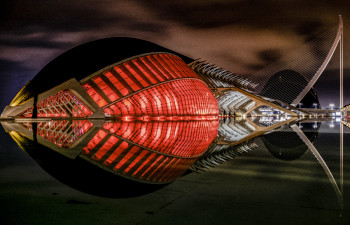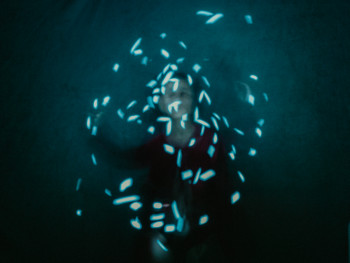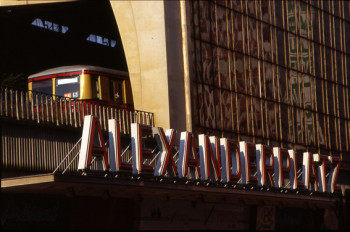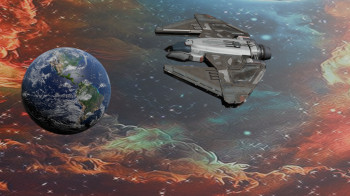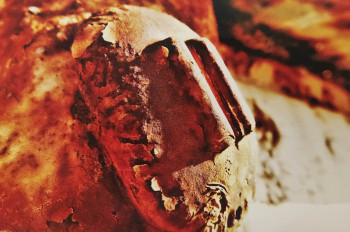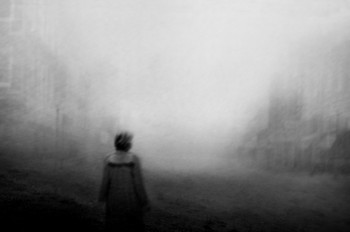
Brassai: the nightlife enthusiast

Gyula Halász, also known as Brassai- a pseudonym under which he is now much more recognized - is well known for his iconic images of Parisian nightlife, notably his book of compiled images, Paris by Night. However, his scope is broader than this revolutionary collection can suggest.
A joyful and studious childhood
Gyula Halász, who was called Brassai in his childhood, was born in Brassó, in Transylvania (today Romania). His parents are a young, upper-middle-class couple, and he is the eldest child. of their three children. His father was an aristocratic and refined Hungarian scholar. who supports his family by teaching French literature. His mother, Mathilde Verzar, is a Catholic of Armenian origin. The young Gyula treasured the memory of his father's sabbatical stay in the Paris of the Belle Époque. Gyula and her brother Kálmán played in the Luxembourg gardens while their father continued his studies at Luxembourg. the Sorbonne and the College de France. Gyula was fascinated by the by the charms of the city. Gyula began go to school when the family returned home Brassó and quickly established itself in the field. as a motivated learner who paid particular attention to his studies in German, French and Hungarian. He was also very creative and gifted. for sketches.
The sudden changes in his life at the same time the aftermath of the First World War
Gyula is fifteen years old when the First World War breaks out. The Halász family left Brassó when Romanian forces crossed the border into Transylvania, as Romania was at war with Germany and Austria-Hungary. They temporarily resided in the city. Budapest, where Gyula has finished his education and graduated, along with other exiles from Transylvania. Gyula is committed to in the unit of Austro-Hungarian cavalry at agrave; in the fall of 1917, but he was unable to participate in combat due to a sprained knee and the fact that he had spent time in combat. most of the war recover in a military hospital. Gyula registered at the Hungarian Academy of Fine Arts in Budapest to study painting and sculpture after having carried out the his military service and despite ongoing wars. He resided in an apartment with his mentor and teacher, János Mattis-Teutsch. Thanks to his links with Mattis-Teutsch, an eminent painter who was associated with a large number of Hungarian and international avant-garde artists, Gyula quickly found himself in the spotlight. mixed the avant-garde scene of Budapest.
Gyula joined the team. He joined the Hungarian Red Army shortly after the signing of the armistice in November 1918 to defend the fragile Hungarian Soviet Republic, a communist rogue state that only lasted only 133 days. In 1920, when the communist dictatorship was overthrown. overturned, he escaped from Budapest. Gyula, aged twenty years old, decides to go to Berlin on the advice of his father. Having already resided in in the Austro-Hungarian Empire, he was welcomed into the city and spoke German with ease. In fact, he started He worked as a journalist for the Hungarian newspapers Keleti and Napkelet while he was a student at the Hungarian Press. the Berlin-Charlottenburg Academy of Fine Arts. During this time, he composed poetry and prose and continued to write. get started with peinture, in the theater and at home. the music. In Berlin, he also met writers and artistes well-known Hungarians, notably the writer György Bölöni and the painters Lajos Tihanyi and Bertalan Pór, who would later become part of his Parisian social circle. Gyula leaves Berlin and her studies after just one semester. In order to prepare for his return trip to Paris, he's going home.
The period of development of his activities as an artist
In 1924, Montparnasse was the epicenter of activity. avant-garde. Gyula conscientiously begins to work. He began searching for his Berlin contacts upon his arrival (in February of that year). He studied Proust to improve his French and made a career as a journalist in German and Hungarian newspapers. To accompany his interviews and articles, Gyula sometimes uses drawn caricatures or images that he buys in thrift stores or bookstores along the Seine . Gyula joined the German photo agency Mauritius Verlag in December 1925, because the thriving publishing sector was in high demand for photographic images.
In 1925, André Kertész settles in Montparnasse. The two men collaborate on a number of reports for VU, a French pictorial weekly published by by Lucien Vogel, and Kertész, who does not speak French, is already there. an accomplished photographer and photojournalist. Kertész really learned how to do it. Gyula take photos at night, and he also encouraged people to take photos at night. his compatriot and friend appreciate the creative potential of photography.
At the end of the decade, the artist photographer began to take shape. Create your own photographs once you have started. provide photos to the German press in 1926. In 1931, his photographs began to be published. appearing frequently in the weeklies Vu, Voilá and Regards as well as in publications on crime and sex Paris Magazine, To read two and Scandal. Gyula manages to earn enough money to survive during the Great Depression by selling the reproduction rights to his images to other periodicals and publications. Gyula continued. He pursued his ambition to become a painter, but he did so under a pseudonym for many of his journalistic articles - Jean d'Erleich being probably the best known - in order to keep his true identity as a painter. for his true art. In no way did he want his different activities to have a significant impact on each other. Thus, each of them retained a certain independence which greatly appealed to the audience. the artist. He used the pseudonym Brassai, which is a shortened name of his hometown, to sign his own photos. Eugène Atget was presented Gyula through one of his acquaintances, the art dealer Zborowski, and Brassai began to work on his work. draw inspiration from this famous Paris street photographer.
Découvrez quelques oeuvres inspirées de Brassai
